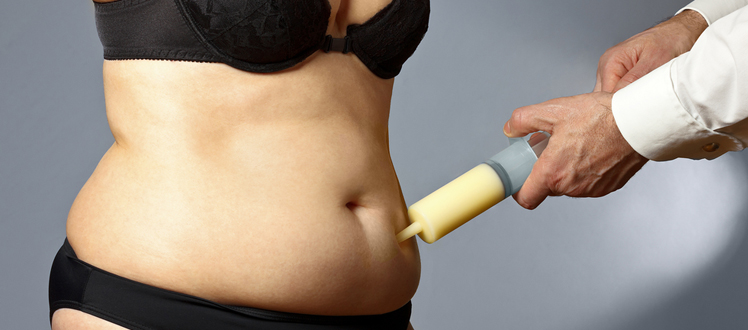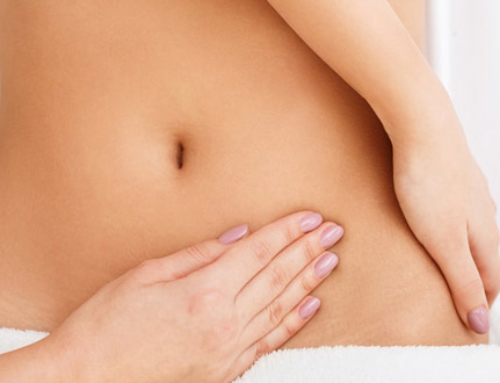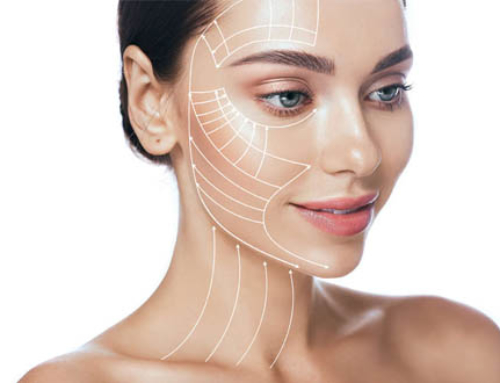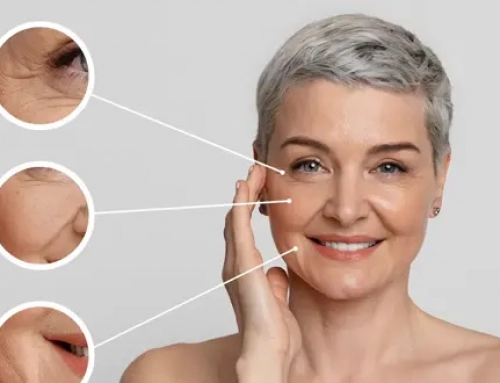A lot of individuals are not satisfied with the appearance of certain areas of their body, even after going through diet and other weight loss efforts. A healthy diet coupled with regular exercise can help decrease body fat. However, the human body tends to store and retain fat in specific areas, which often causes fat pockets and bulges to form. Excess fat in these areas can be extremely difficult to get rid of with diet and exercise. Liposuction, however, is a very efficient treatment to remove persistent excess fat.

Liposuction : treatment areas and limits of the procedure
Liposuction areas
This treatment offers excellent results for men and women. It can be used to treat almost any part of the body housing excess fat. The most common treatment areas are the hips, the abdomen, the inner and outer thighs, the inner side of the knees and the saddle bags. Less common treatment areas include the ankles, the neck, the arms and thigh gap.
How long to see results from liposuction in facial areas ?
Like any other liposuction procedure, the definitive result can be seen 3 months after surgery, because skin retraction and swelling resorption are progressive and slow. The definitive appearance of the scars can be seen a year after plastic surgery. Scars resulting from liposuction are very discreet. Those are 3 millimeters long and often located under the chin or under the earlobes.
What liposuction cannot do
Liposuction is not a substitute for diet since it does not make patients lose weight, their weight remains roughly the same after the procedure. Liposuction cannot treat cellulite either. Even though the skin can seem smoother in a given treatment area after surgery, the underlying cause of cellulite is not addressed and will continue to induce the cause ‘orange peel’ appearance of the skin. Finally, the patient’s skin quality strongly influences the result. Patients with good skin elasticity or at least some elasticity will benefit from better skin retraction after fat removal.





